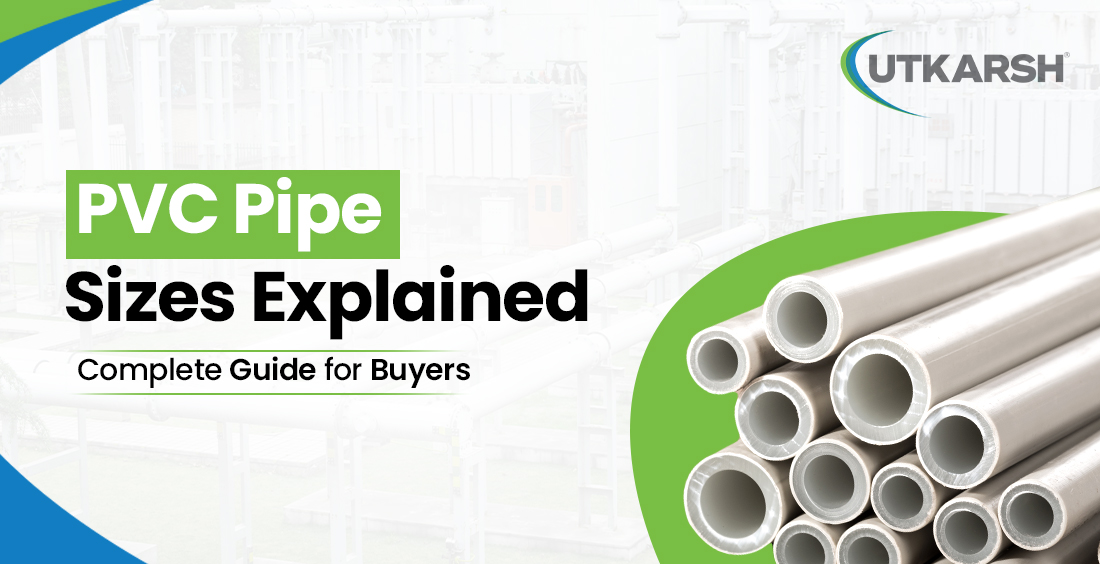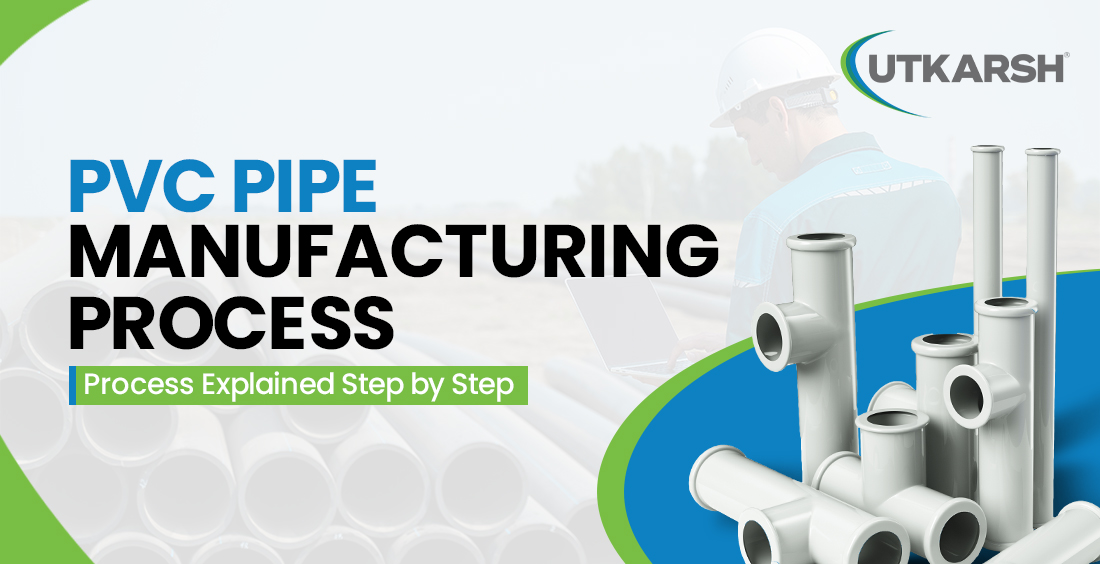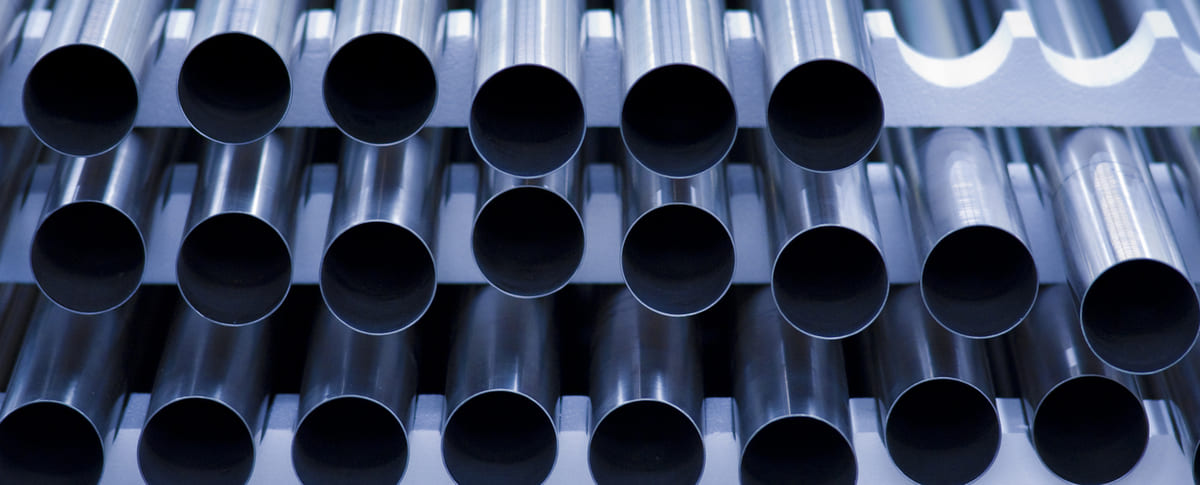Blog
-

PVC Pipe Sizes Explained Complete Guide for Buyers
Get a complete guide on pvc pipe sizes, types, and dimensions to help you choose the right fit for your plumbing or construction needs....
Read More -

PVC Pipe Manufacturing Process Explained Step by Step
Step-by-step guide to the PVC pipe manufacturing process, covering raw materials, extrusion, cooling, sizing, and quality checks....
Read More -

Here Are Some Tips To Help You Choose The Best Pipe Suppliers In India
Find out the market presence of a company before choosing a steel pipes manufacturer and supplier. The following tips can help you select one of the best pipe suppliers in India to help you get your project across the finish line successfully....
Read More


